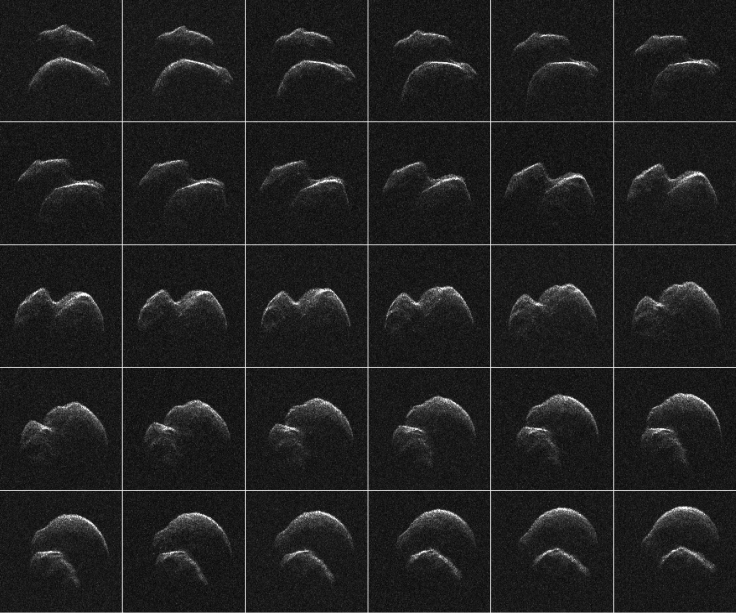Asteroid Heading Near Earth 2017: What Time Can You View JO25 Passing Tonight

Hours before space lovers on Earth are due to look up and spot a large asteroid soaring through the night sky during its flyby close to our planet on April 19, astronomers have gotten a better look at the mysterious object.
The large rock speeding through space, moving about 20 miles every second, is passing fairly close to Earth for something of its size. It will be 1.1 million miles away, which is four times farther away than the Moon, but usually only small asteroids get that close.
Read: Asteroids in Mars Orbit Are What’s Left of a Destroyed Planet
When Will Asteroid Pass Earth? Where To See It
It is coming from the direction of the Sun and then flying away from us, and while it will not be visible to the naked eye, a small telescope will be enough to watch it go for a night or two. On the night of April 19, the asteroid, dubbed 2014 JO25, will pass through the Coma Berenices constellation in the eastern sky, according to EarthSky. That constellation is not exactly widely known, but it can be found near two of the brightest objects in the sky: Jupiter, which will be moving through the constellation Virgo; and Arcturus, one of the brightest stars we see from Earth and part of the constellation Boötes.
“The best strategy to catch the space rock in your telescope is to observe a star known to be in the asteroid’s path, and wait for it,” EarthSky says. “If you are looking at the correct time and direction, the asteroid will appear as a very slowly moving star.”
If you cannot easily identify Jupiter and Arcturus, one of the most famous constellations can be your key: Ursa Major, or the Big Dipper. The stem of the Big Dipper will point to Arcturus — after following it there, you can move your telescope upward to Coma Berenices to see asteroid 2014 JO25, or more eastward to land on Jupiter. EarthSky says the asteroid “will seem to move across the skies covering the distance equivalent to the moon’s diameter in about 18 minutes.”
Experts did not previously know a lot about 2014 JO25, but they saw this week that it has a shape kind of like a peanut, or a 3D model of the number eight, according to observations from NASA’s Jet Propulsion Laboratory in California: “The asteroid has a contact binary structure — two lobes connected by a neck-like region,” JPL scientist Shantanu Naidu said in a NASA post with radar images of the rock. “The images show flat facets, concavities and angular topography.”
The space agency also reported that the larger of the two lobes on the asteroid is about 2,000 feet across, which is more than a third of a mile, and the asteroid “rotates about once every five hours.”
Scientists will be among the observers over the next few nights, as they hope to learn more about the asteroid and capture more photos, NASA said. They have to squeeze everything in because they won’t have another chance in their lifetime — 2014 JO25 hasn’t come this close to Earth in 400 years and won’t be back again at this proximity for perhaps another 500.
See also:
© Copyright IBTimes 2024. All rights reserved.





















